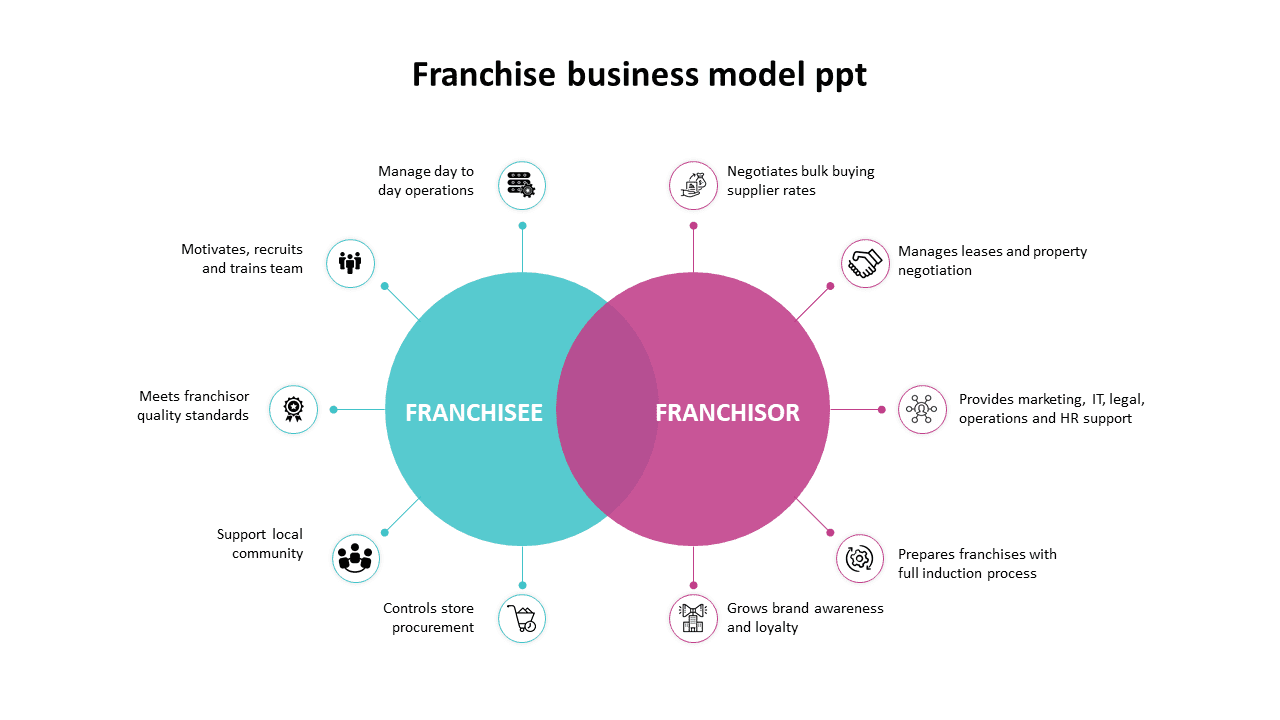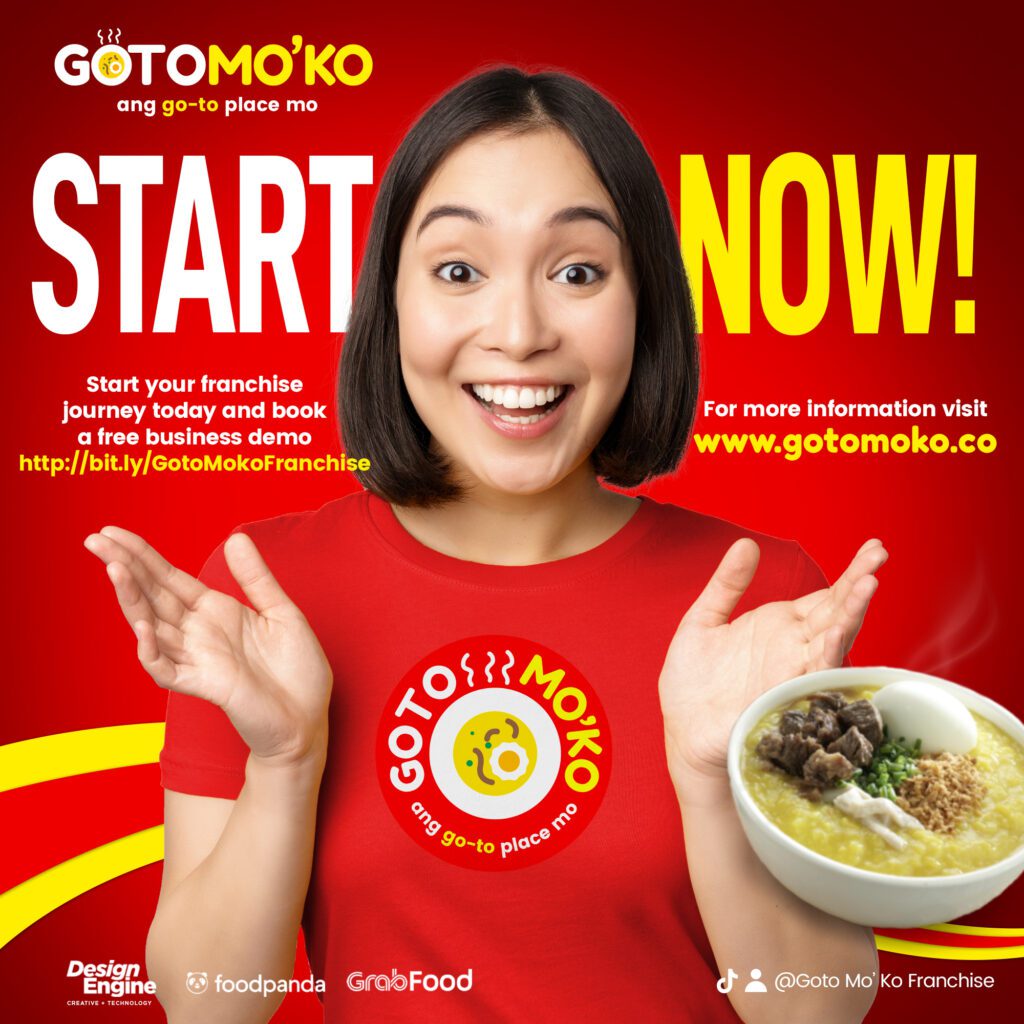Franchise Model


People who are unaware of this miss out on the best franchise opportunity. Every franchise model is unique. Many individuals are not familiar that each franchise model differs from the next. So let’s attempt to understand each franchise model in this article.
There are four different types of franchise models.
- Company Owned Company Operated (COCO): An outlet owned by a company and managed by the company.
- Company Owned Franchise Operated (COFO): An outlet owned by a company and managed by a franchisee.
- Franchise Owned Company Operated (FOCO): An outlet owned by a franchisee and managed by the company.
- Franchise Owned Franchise Operated (FOFO): An outlet owned by a franchisee and managed by the franchisee.
Let us understand their characteristics, advantages, and disadvantages.
COMPANY OWNED COMPANY OPERATED FRANCHISE MODEL
Company Owned Company Operated, in short, known as COCO. As the name suggests in this model, the company owns and operates the business at a particular location. It is the Franchising company that bears all the capital and operational expenses. This model is suitable for the franchisors with following features
- A franchisor is unable to find a suitable franchisee for a specific location where it sees good business potential. Hence, as a solution, the franchisor opens its outlet
- Franchisors who have a deep pocket so do not feel the need to share profit with franchisees.
- A franchisor could initially start with its outlets and then take the franchising route. Thus, those initial outlets are COCO.
- Some franchisors open a outlet as a flagship store. This enables a future franchisees to see the required infrastructure and also get ‘look & feel’ of an outlet.
EXAMPLE OF COCO FRANCHISE MODEL
The company-owned outlets that we come across are examples of COCO. These company-owned outlets exist across the industries. From automobiles to computers, from Jewelry to fashion. Across the swathe of sectors, we can find many examples of company-owned and company-operated models.
ADVANTAGES OF COCO FRANCHISE MODEL
- It helps a company to showcase its outlet and product range to customers and prospective franchisees.
- The entire profit goes to the company as there is no channel partner to share.
- It helps the company to expand in areas where it is not finding a franchisee.
DISADVANTAGES OF COCO FRANCHISE MODEL
- A FOFO outlet can have efficiency and productivity issues as employees manage it and not an entrepreneur.
- A company diverts its energy and resources on activity which is not its core business i.e., running and managing an outlet.
COMPANY OWNED FRANCHISE OPERATED FRANCHISE MODEL
Company Owned Franchise Operated, in short, known as COFO. In this model, a franchising company does capital expenditure, site selection, property deposit, and some other expenses. At the same time, the franchisee takes care of additional operational costs like salary, electricity, and sundry expenses. One payment that can go either way is rent. In some cases, franchisor bears the rent, and in some cases, the franchisee takes care of it. Some expenses are incurred by either party. That depends on the terms and condition set by the franchisor.
In this case, initial expenses for the franchisee is low. An important thing to remember is, with lower investment, there would be lower profit/revenue share for the franchisee.
A franchisor uses this model when
- The franchisor does not want to increase its operational expenses.
- The franchisor does not have the bandwidth to manage the systems and processes for its employees.
- When a franchisor needs people, who could run and maintain the store as an entrepreneur does. There is a visible difference when an employee manages a store and when an entrepreneur runs it.
EXAMPLE OF COFO FRANCHISE MODEL
A franchisee (contractor) manages the canteen in corporates, factories, hospitals, and other establishments owned by a company. Another famous example is call centers that handle inbound, or outbound customer calls on behalf of a company. Then we have company outlets, especially at a prime location, managed by a franchisee but owned by the franchising company.
ADVANTAGES OF COFO FRANCHISE MODEL
- The efficiency and productivity of the outlet are high as an entrepreneur manages it.
- No operational expenses to bear.
- Resources of franchising company does not get diverted into an unrelated aspect of the business.
- A company can open its outlet in the areas where it is not finding the franchisees.
DISADVANTAGES OF COFO FRANCHISE MODEL
- Customer experience is in the hand of a franchisee. If it is not at the desired level, then the company name gets spoiled.
- If a franchisee decides to quit, then the company may be in a quandary about the way forward.
- A franchisee does not incur any capital expenditure, so its profit share is limited.
FRANCHISE OWNED COMPANY OPERATED FRANCHISE MODEL
Franchise Owned Company Operated, in short, known as FOCO. In FOCO, it is the franchisee that owns the property and does the other capital expenditures. While, franchising company manages the store/outlet operations . This model is also known as Franchise Invested Company Operated.
FOCO is one of the more popular models with the international food chain in India.
By having their employees, the franchisor controls the quality of the product served and the service that customers experience. This control over the quality of products and services ensures that the customers get what they expect from the brand. Franchisors who are very careful about their brand name and image would take responsibility for the end-user experience themselves. They cannot let the critical aspect like end-user experience in the hand of franchisees lest they spoil it.
EXAMPLE OF FOCO FRANCHISE MODEL
Any business that cares deeply about its brand reputation will keep its customers’ experiences to itself. a lot of regional and global food networks. several electronic brand names. others businesses in the jewelry industry, as well as others in other industries, have franchise owned and operated business structures.
ADVANTAGES OF FOCO FRANCHISE MODEL
- As a franchisee not involved in the day to day operations so it can focus on its other businesses
- As customer experience is in the hand of the company, customer handling is better.
- The franchisee does not pay for operational expenses, and the company does not pay for capital expenditure (set-up expenses).
DISADVANTAGES OF FOCO FRANCHISE MODEL
- Franchisee gets profit share, which at times is just little over the rent of property plus the cost of capital. Thus not a lucrative proposition.
- Not suitable for people whose intent to take property on rent to become a franchisee.
- No involvement of the franchisee in day-to-day affairs results in limited learning opportunity.
- There are a high investment and limited opportunities for prospective franchisees under this model.
FRANCHISE OWNED FRANCHISE OPERATED FRANCHISE MODEL
Franchise Owned Franchisee Operated also known as FOFO, which means that a franchisee provides for capital and operational expenses. The franchisee manages the entire show within the guidelines given by the franchisor.
Most of the upcoming and established brands take the FOFO route as they find it easy to run and manage. In this model, the franchisor has minimal expenses as most of the costs are born by the franchisees.
As franchisee has made most of the investment, so it gets the major chunk of revenue. While a franchisor gets a small share in the form of royalty.
FOFO model is risky for the franchisor as the end-user experience in the hands of franchisees. Thus it becomes important for the franchisee to ensure that the franchisor’s brand name does not spoil due to their business practices.
EXAMPLE OF FOFO FRANCHISE MODEL
Every franchise opportunity in which a franchisee makes the entire investment and also takes care of all other expenses is an example of a FOFO model. More than 90% of franchise opportunities fall in this category.
ADVANTAGES OF FOFO FRANCHISE MODEL
- Many franchise opportunities to choose from.
- Franchise opportunities across budgets.
- A successful franchisee has an excellent return on investment.
DISADVANTAGES OF FOFO FRANCHISE MODEL
- The variance in expectation vs. reality can overwhelm a first time franchisee.
- Higher failure rate compared to other franchise business models.
- Some franchisors see this franchise model as a shortcut to success. So they may have high franchise fees and other investments making, return on investment period unattractive.
CONCLUSION
Every franchise business concept has a single, distinct function. The advantages of using that paradigm for that particular application outweigh the drawbacks. Additionally, when a franchise model is employed for a broader purpose, its flaws become more apparent than its advantages. A franchisee must thus be clear about why they want to buy a franchise. and coordinate the goal with the attributes of the relevant franchise model.The only time a potential franchisee should proceed is if the purpose and the feature match.


admin
Reserve
Become Our Partner, Today!
Goto Mo’ Ko is an exciting Filipino food concept where our franchisees and the franchisor works together in creating a business model that provides a fun-vibe experience for our customers, and an enjoyable environment for all our stakeholders including our supplier partners.
